Big enough to cruise in...small enough to trailer...” The world of boats abounds in designers’ earnest efforts to meet this Catch-22 challenge; a quest in which accommodations, size, weight, seaworthiness, and looks are more often than not mutually exclusive. Some designers produce marvels of ergonomics; some, triumphs of efficient construction. Rarely do they succeed on all counts, though. Then came Grey Seal.Twenty-five years or so back in the mists, Iain Oughtred sojourned at WoodenBoat, and during his tenure as designer-in-residence he was challenged to develop a cruising boat for the home builder. He delved into the centuries of European traditional boats he had filed away in his well-traveled mind and soon latched onto a Norse-style hull, as it was roomy, “floaty” (seaworthy), and could be built in ubiquitous plywood. While in his mind he was working up a sort of double-ended Folkboat, the resulting Grey Seal design hearkens strongly to a smallish “spidsgatter.” These haunting Danish craft had their genesis as 19th-century rough-water fishing boats and, in the first decades of the 20th century, evolved into cruising boats and eventually into several racing classes of varied sizes (see WB No. 78). The practical result of Oughtred’s blended genetic and acquired memories is a robust, shapely, seagoing sailboat that lives within reason on its own trailer.Grey Seal is noteworthy for combining grace, strength, space, and performance. The construction is glued lapstrake plywood (1⁄2" planking) with deep though widely spaced laminated frames that make for a seemingly bulletproof hull. By “bulletproof” I mean that Oughtred made Grey Seal’s hull sufficiently rugged to carry a 1,200-lb lead keel, stand up to a large rig in a hard chance, and also hold up well under the indignities of trailering. Key to her seaworthiness and livability is that while double-ended, she carries her beam well aft to a magnificently shaped, very full stern, a tell-tale of this talented designer’s eye. He includes many options in his detailed plans (12 sheets!), offering both keel and keel/centerboard versions, marconi or gunter rigs, and a wide variety of interior arrangements. While intended for the home builder, this is serious boatbuilding, full of big, heavy, curvy things—and not for the faint of heart. WATERDOG, featured here, was built by Craig Hohm, a talented and dedicated amateur.
Join The Conversation
We welcome your comments about this article. To include a photo with your remarks, click Choose File below the Comment box.


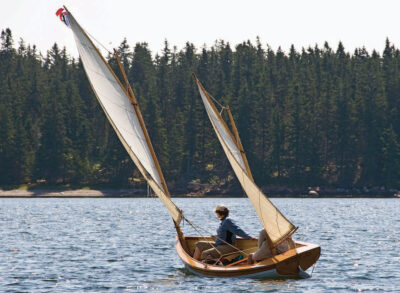
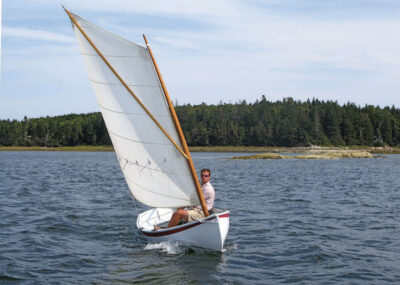
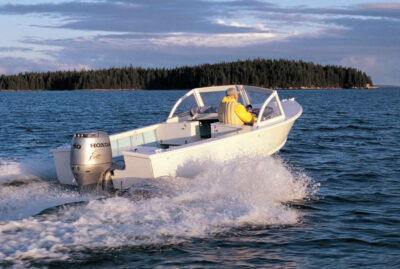

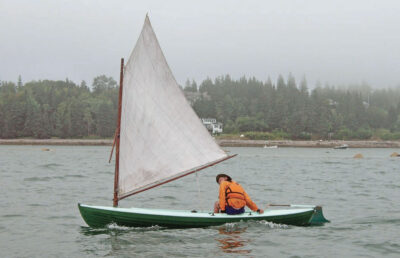
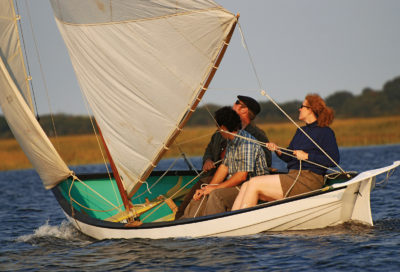
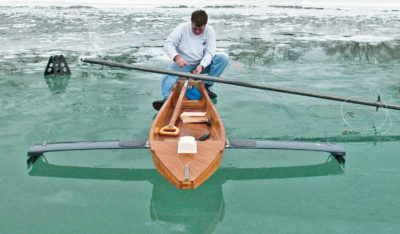
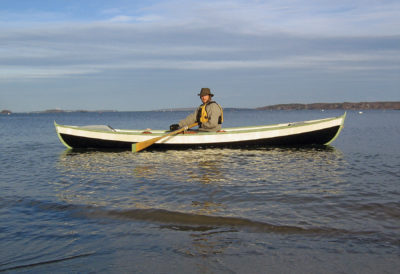
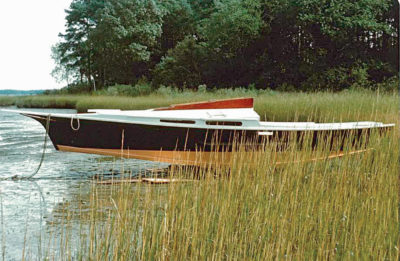
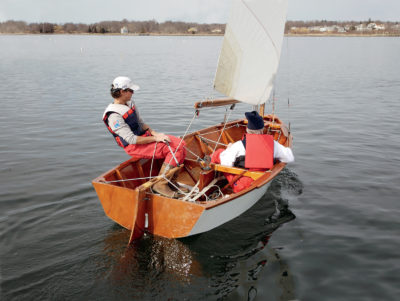
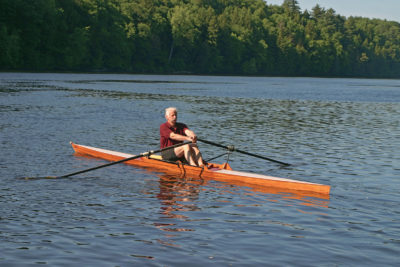
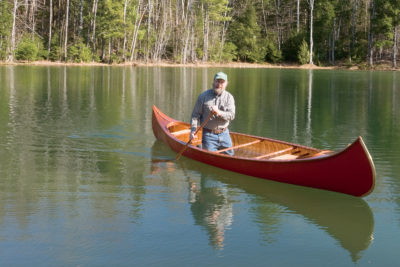
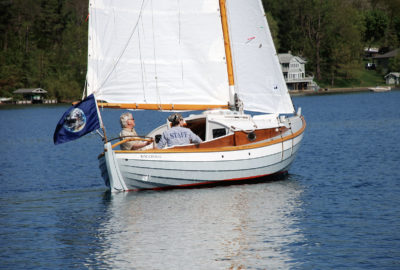
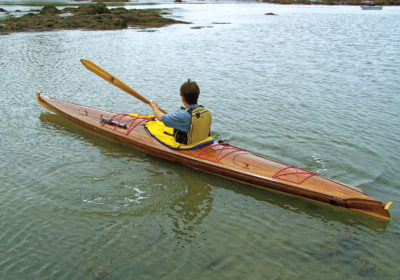
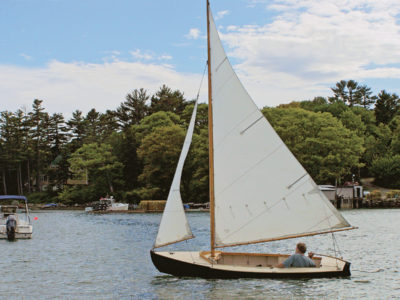
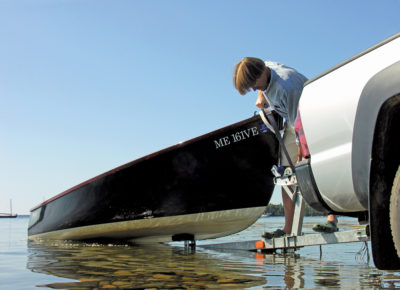
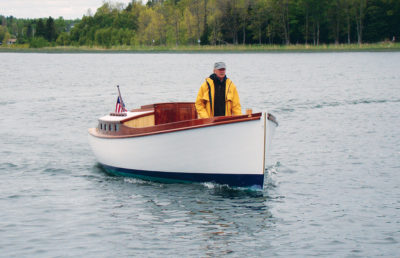
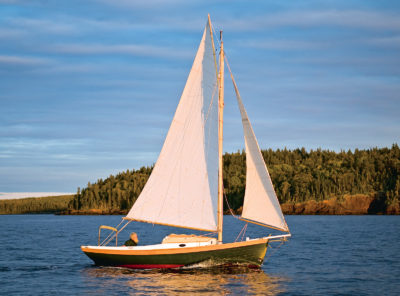
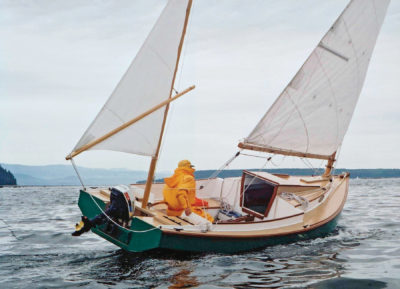

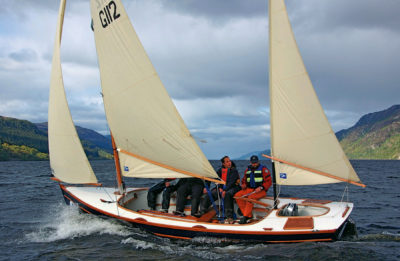
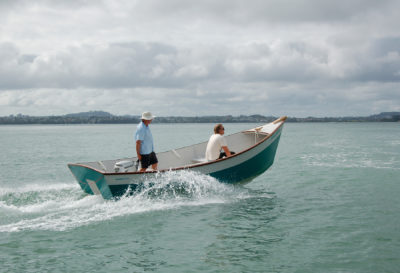
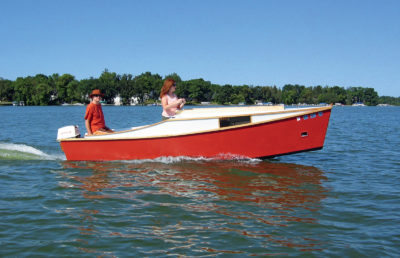
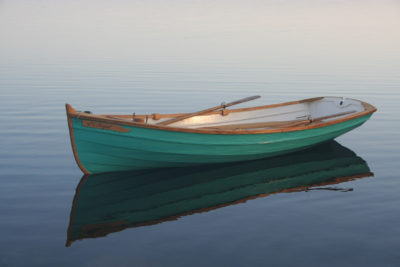
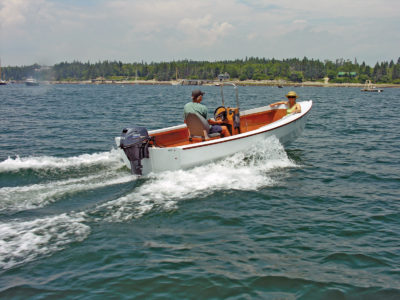
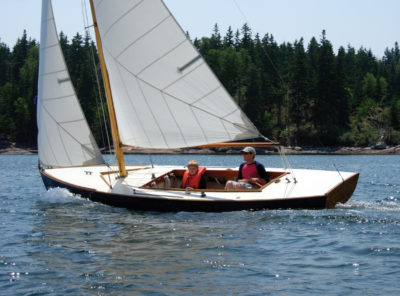
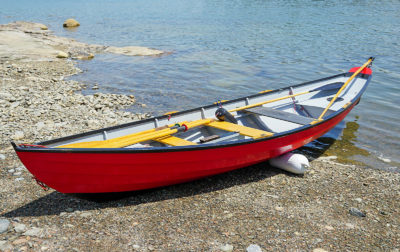
Gorgeous
A real pleasure just to see the pictures of Grey Seal. She looks like a very seaworthy, stable,
and trusting little gem. To have built her must be a rewarding experience and to be
able to sail and enjoy her the nth reward. May you have her for many years to come.